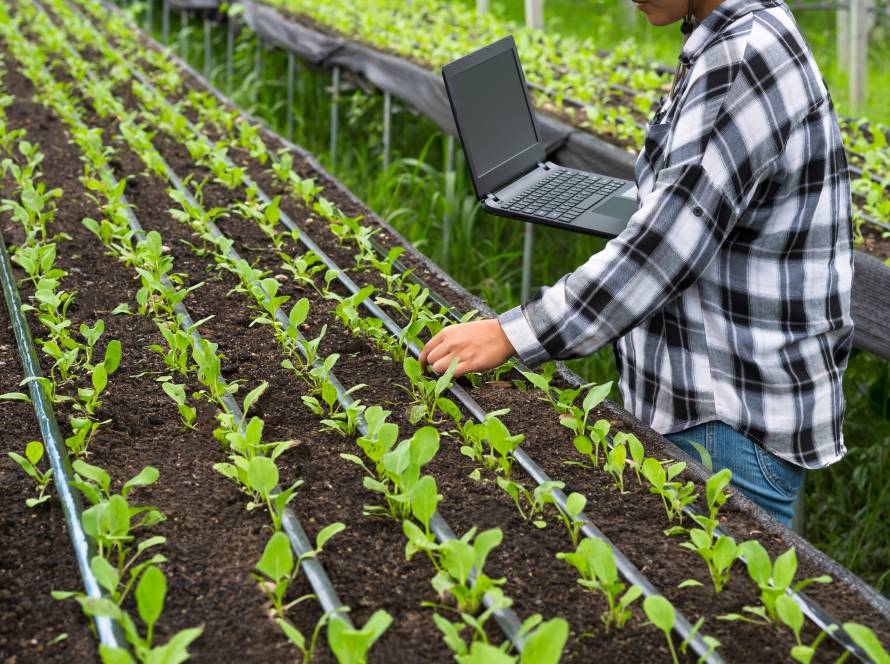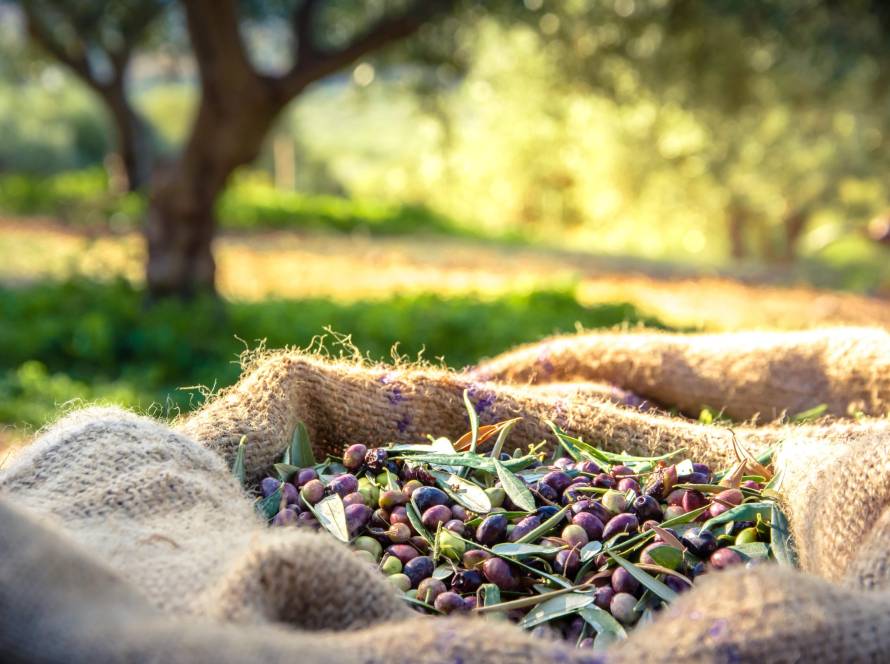Agriculture 5.0 goes beyond traditional farming methods by integrating artificial intelligence, the Internet of Things (IoT), robotics, drones, and big data analytics into agricultural processes. Building on the automation and data driven production of Agriculture 4.0, this next generation model aims to reduce human dependency while enhancing environmental sustainability and production efficiency.
With fully automated systems and AI-powered decision-making mechanisms, Agriculture 5.0 enables farmers to manage their operations not only on-site but also remotely ushering in a new era of smart, sustainable farming.
Boosting Efficiency with Smart Farming Technologies
Traditional farming often leads to inefficient use of resources like water, fertilizers, and labor. With Agriculture 5.0, every stage of the farming process is optimized through smart technologies.
Precision Farming with Sensors and the Internet of Things (IoT)
- Soil moisture sensors detect exactly how much water plants need, preventing unnecessary irrigation.
- Smart fertilization systems analyze nutrient levels in the soil and apply only the necessary amount of fertilizer.
- Weather forecasting tools guide farmers on the ideal timing for agricultural activities, increasing overall yield.
Autonomous Farming Machines and Robots
With Agriculture 5.0, reliance on manual labor is significantly reduced. Autonomous tractors, seeders, and harvesting robots can operate in the field with little to no human intervention.
- Robotic harvesters detect the ripeness of fruits and vegetables, picking only those that are ready to eat.
- Autonomous tractors, equipped with GPS-based systems, scan the fields and execute the most efficient planting strategies.
AI-Powered Crop Monitoring and Data Analytics
In Agriculture 5.0, artificial intelligence and big data analytics are key to optimizing every stage of the production process.
- AI algorithms monitor plant health using drones and satellite imagery, enabling early detection of diseases.
- Predictive models analyze past harvest data to guide farmers on which crops will yield the best results in specific seasons.
Sustainability and Resource Management
Agriculture 5.0 is not only about efficiency — it’s also about protecting natural resources and promoting environmental responsibility.
Optimizing Water Use with Smart Irrigation Systems
Traditional irrigation often leads to excessive water waste. In contrast, precision irrigation in Agriculture 5.0 ensures water is delivered only where and when it’s needed.
- Drip irrigation systems, supported by IoT sensors, measure soil moisture and irrigate only when necessary.
- Cloud-based water management tools analyze weather forecasts to determine optimal irrigation schedules.
Smart Farming That Reduces Carbon Footprint
- Electric and solar-powered agricultural machines offer an eco-friendly alternative by reducing reliance on fossil fuels.
- Efficient fertilizer usage helps prevent excessive chemical use, minimizing both soil pollution and carbon emissions.
The Future of Farming with Agriculture 5.0: A Harmony Between Humans and Technology
As machines and AI take on more roles in agricultural production, the human factor remains essential. The farmer’s role is evolving — shifting from manual labor to data analysis and system management.
- Farmers can now monitor and manage their fields remotely through mobile applications.
- Digital agriculture training helps them adapt to new technologies with confidence.
- With Agriculture 5.0, production costs decrease while income potential rises.
The Future of Farming: More Efficient, Smarter, and More Sustainable
Agriculture 5.0 is not just a technological revolution; it’s a new approach to agricultural production that is more efficient, environmentally friendly, and sustainable. With this new model, global food production is increasing while minimizing resource consumption.
Farmers and the agriculture sector are preparing to embrace their place in the future smart farming ecosystem.
Through artificial intelligence, robotic farming machines, smart irrigation systems, and big data analytics, Agriculture 5.0 is shaping the future of food security. This transformation is turning farming from a simple production process into a high-tech, managed ecosystem.





